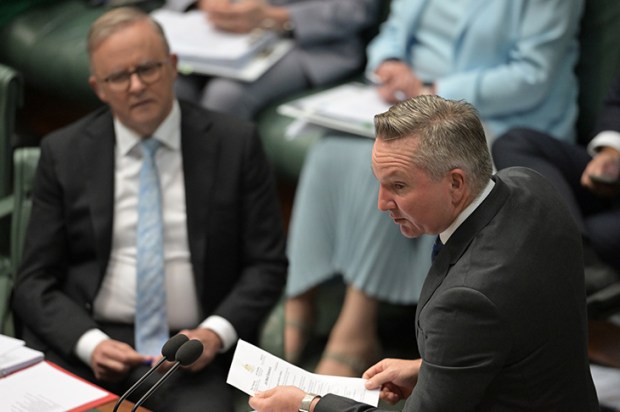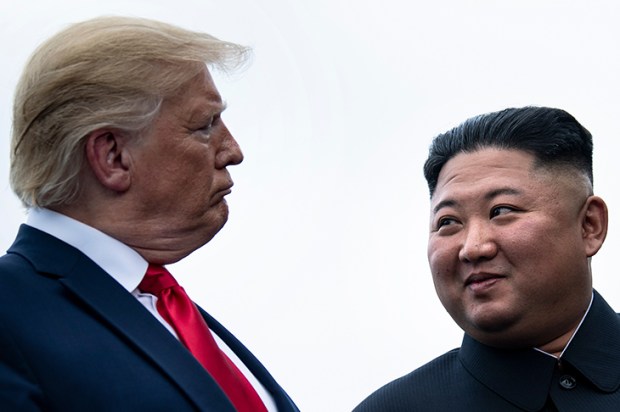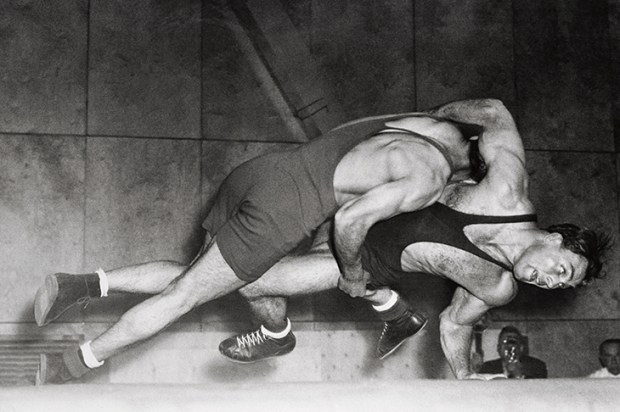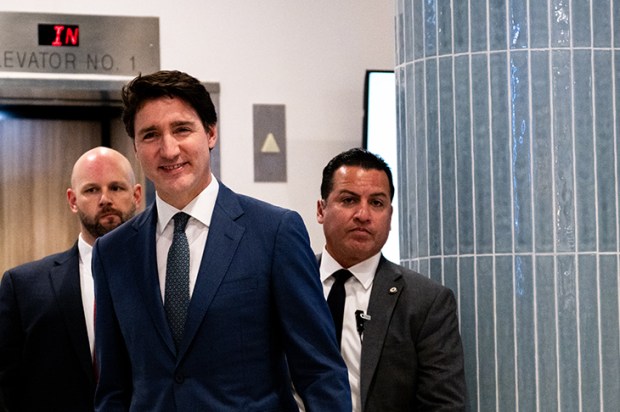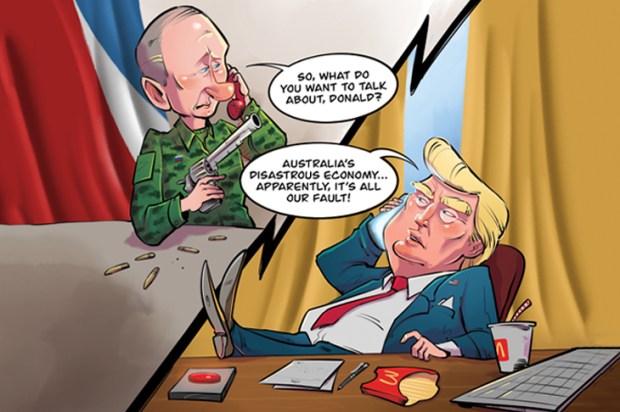Three years ago this week, as the 2022 federal election was about to be called, I asked the question in this esteemed publication whether the Liberals should be put out to pasture. The federal Liberals, under Messrs Turnbull and then Morrison, were on a fool’s errand for several years trying to out-Labor the Labor party in a pointless attempt to attract votes from the left.
As we know, Mr Morrison hammered the final nail in his government’s coffin when he jetted off to Glasgow in November 2021 stating that Australia would adopt net zero. How many seats on Sydney’s North Shore did that save for the Liberal party at the 2022 election? Answer: net zero. I’ve said it before, and I’ll say it again: ultimately, rather than pick a poor imitation, voters will go for the real thing every time, and so it transpired.
At elections both state and federal over the last decade voters have been sending the Liberals a message. Ignore the base and the base ignores you. The Liberals had forgotten what it meant to be Liberals. A period in opposition gives parties an opportunity to think about what they stand for and rediscover their roots, somewhat like winter where roses and trees are pruned of deadwood so that they can bloom and bear fruit in the spring.
At the same time, I made the point that the then-opposition leader, Anthony Albanese, ‘fills no one with enthusiasm, but rather outright dread’, since he is of the hard-left of the Labor party and ‘no matter how hard he tries, that cannot be hidden forever’. Readers don’t need me to tell them that this government is in the ‘worse than Whitlam’ category. New data from the OECD shows that Australia’s decline in living standards is the worst in the developed world.
That brings me to the upcoming federal election. Over the last three years, the Liberals under Peter Dutton have had the opportunity to rediscover what the Liberal party stands for. It is fair to say much deadwood has been cut off in that time (although probably more could have been pruned) and new blood has borne fruit: think Jacinta Nampijinpa Price.
It has been 94 years since a first-term federal government has been removed from office in this country, and if any government deserves to get the boot, it is the current one. But it is becoming increasingly clear, if current polling trends are to be believed, that the upcoming election will deliver minority government.
Both last weekend’s Newspoll and this week’s Freshwater poll put the Coalition ahead of Labor 51-to-49 on a two-party preferred basis.
If these numbers were replicated at a general election, the most likely outcome is a Labor minority government dependent on the Greens plus any remaining Teals (the latest Redbridge poll sees at least four in danger of losing their seats).
Voters are seemingly looking for a change but aren’t being offered a convincing enough alternative. Therefore, the question is, what are the Liberals offering to persuade the public to allow them to govern in their own right, so as to avoid the horror that a Labor-Green minority government would bring?
Consistently promising to match, if not exceed, government spending commitments – which is what the Coalition has promised most recently – leaves voters wondering what there is between the two major parties in terms of product differentiation.
That is not to say that Mr Dutton has adopted a total me-too policy approach.
Take for example the differentiation on energy policy. On this point the WA state election result a couple of weekends ago is instructive.
In the seat of Collie-Preston, where coal-fired power stations are set to be shut by 2030 under the state Labor government’s energy policy, the Liberals achieved a swing of nearly 20 per cent. A 23-per-cent swing would have won the seat.
Some observations must be made here.
The state Liberal energy policy tried to walk both sides of the street. It advocated for keeping coal-fired power stations open for the foreseeable future, as well as expanding gas supply, but at the same time increasing spending on solar, wind and batteries.
Moreover, this correspondent is reliably informed that the Liberals wrote off the seat and put no campaign resources into it. In other words, if the Liberals got a near-20 -per-cent swing without even trying, imagine what they could do if they put their minds to it?
Further, the result in this seat is proof that if the Liberals lose the forthcoming federal election, it will not be due to advocating for nuclear power.
Another observation. The danger with a ‘small target’ strategy is that the Coalition may become invisible to the electorate.
Until the Coalition pulls out of the Paris Agreement and abandons net zero, it will be constrained in its ability to counter Labor and appeal to the voters it needs – namely Australian businesses and families – who simply cannot afford this senseless ideological crusade.
To the point, the WA federal seat of Pearce, in Perth’s outer suburbs, currently held by Labor, is now considered to be very much in play.
The four WA state seats that fall within this seat – Butler, Mindarie, Wanneroo and Landsdale – even though ultimately won by Labor, all recorded significant double-digit, two-party preferred swings to the Liberals, with many voters there citing mortgage stress and cost of living as main concerns.
To win the 2025 election, the Coalition needs to break a near-100-year hoodoo.
To do that, the Coalition will need to achieve a primary vote of at least 42 per cent if it is to have any chance of governing. Both Newspoll and Freshwater have it at 39 per cent.
Fortune favours the brave. It is no coincidence that the Coalition, under Mr Dutton, appeared more appealing to the electorate after the Voice referendum, when it was fighting for a fundamental principle in the face of the prevailing ‘vibe’ at the time which was firmly in favour of the Yes campaign.
If the Coalition continues with the ‘play it safe’ strategy, another three years grazing in the opposition pastureland awaits.
Got something to add? Join the discussion and comment below.
You might disagree with half of it, but you’ll enjoy reading all of it. Try your first month for free, then just $2 a week for the remainder of your first year.


